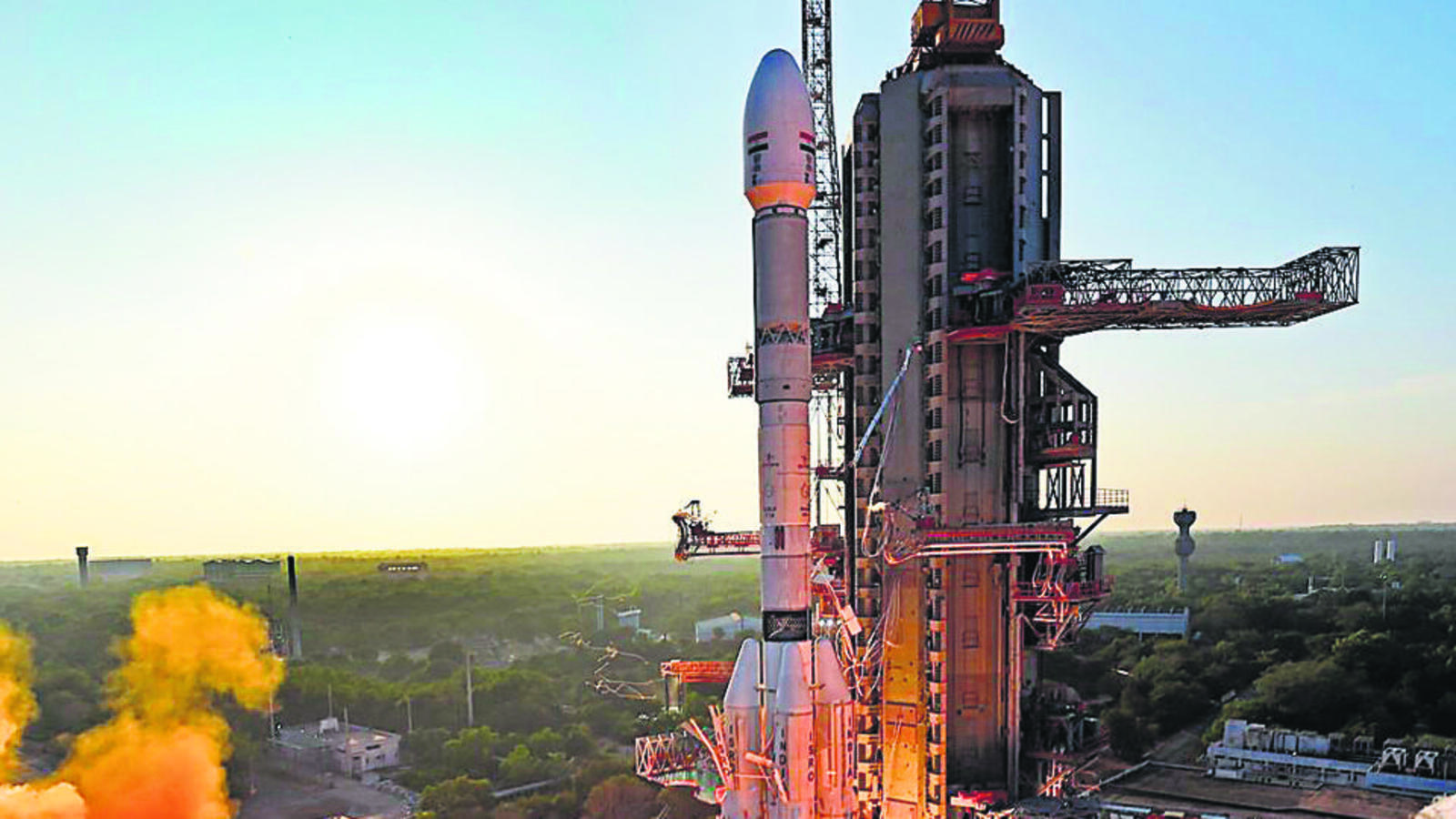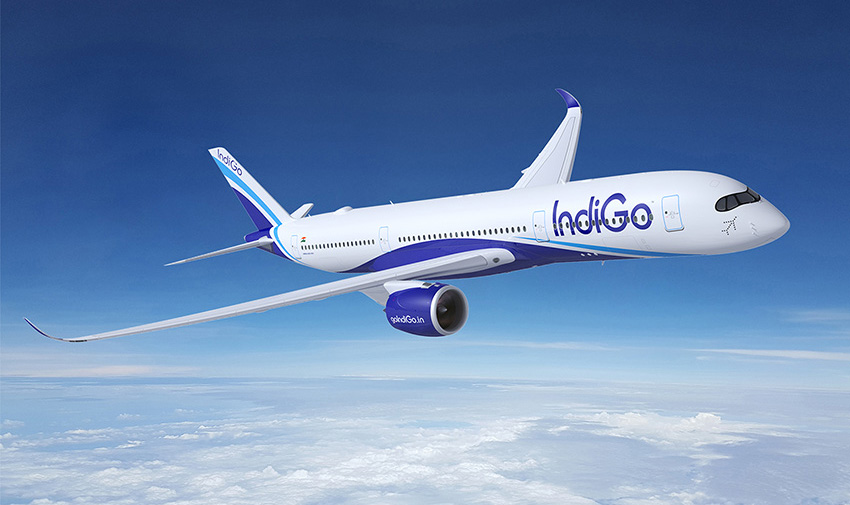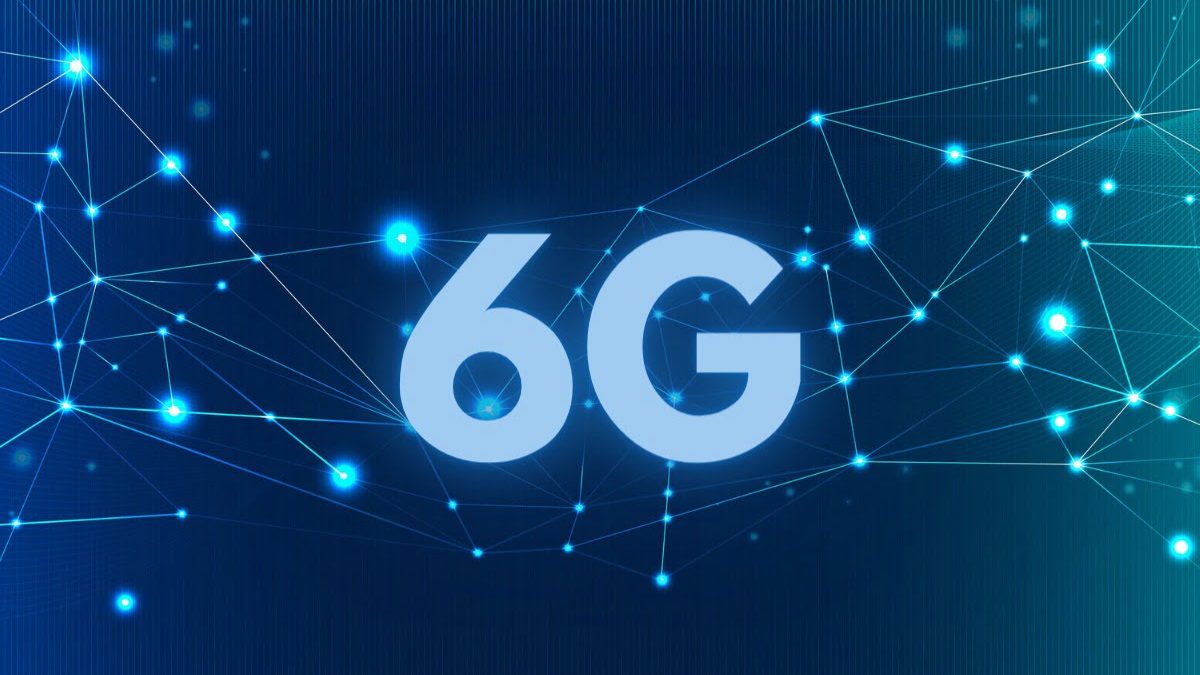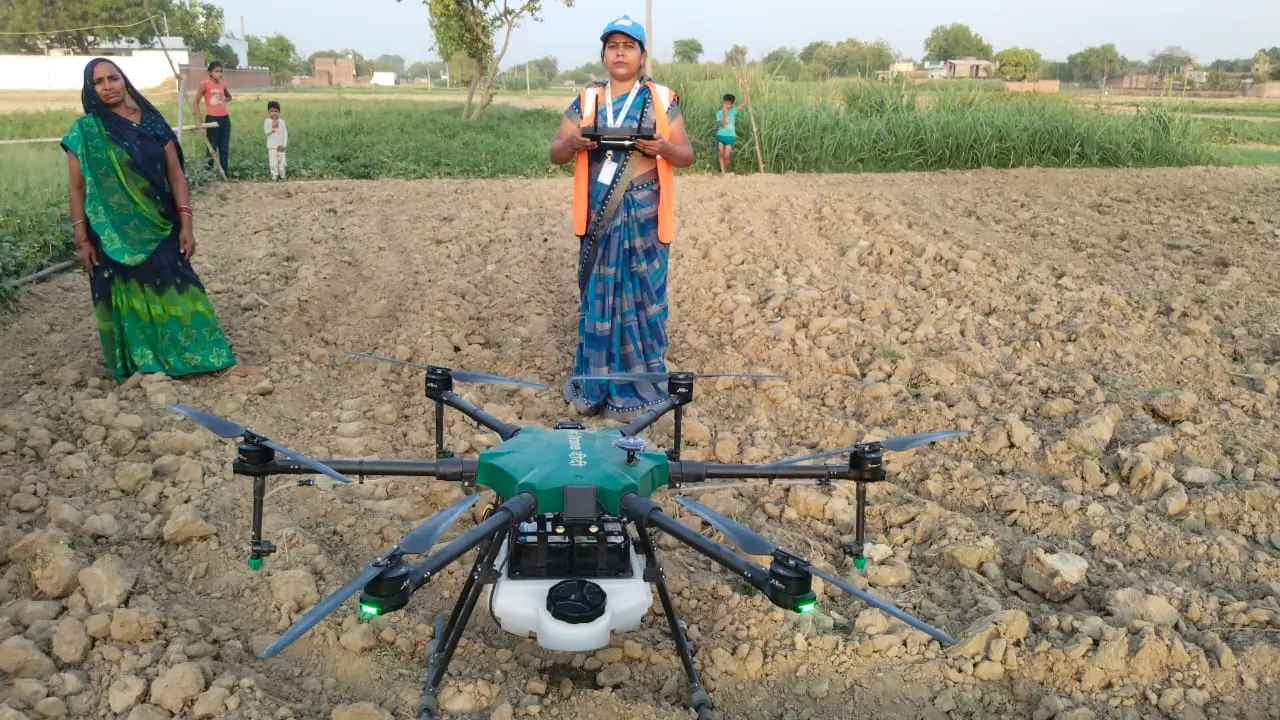Now Reading: ISRO’s AI-Based Weather Model Begin Test Phase in Smaller Cities for Monsoon Predictions
-
01
ISRO’s AI-Based Weather Model Begin Test Phase in Smaller Cities for Monsoon Predictions
ISRO’s AI-Based Weather Model Begin Test Phase in Smaller Cities for Monsoon Predictions

In a move that could revolutionise localised weather forecasting, ISRO has begun testing its new AI-powered weather prediction model in select Tier-2 cities across India. Designed to provide more accurate and hyperlocal monsoon forecasts, the model is expected to benefit agriculture, disaster preparedness, and city-level planning in regions often underserved by traditional forecasting systems.
What Is the AI Weather Model?
The AI model, developed by ISRO’s climate research division, uses machine learning algorithms to analyse satellite imagery, historical weather data, and real-time atmospheric patterns. Unlike conventional forecasting tools, this system learns and adapts, refining its predictions as it gathers more data over time.
Its key advantage lies in delivering high-resolution forecasts — down to specific towns and districts — which could significantly improve early warnings for rainfall, storms, and heatwaves.
Focus on Tier-2 Cities
The initial rollout includes test locations like Nagpur, Indore, Mysuru, and Bhubaneswar — cities that often lie in the gap between high-tech metro-level systems and rural rain-dependent zones. These areas, while not mega urban centres, play a crucial role in agriculture, logistics, and regional commerce.
Better forecasting here can help local authorities plan drainage, water storage, and crop advisory services more effectively, especially during the volatile monsoon season.
Why AI Forecasting Matters
Traditional weather systems often rely on broader regional modelling, which can miss rapid changes at the micro level. Tier-2 cities, with growing populations and urban stress, need precision forecasting for timely response.
For instance, a few hours’ advance warning of a cloudburst or delayed rainfall can make a significant difference for farmers, traffic management teams, and emergency responders. AI tools promise not just speed but continuous learning, improving predictions year after year.
Challenges and Limitations
While promising, AI-based forecasting is still in the trial stage. The accuracy depends on the quality and volume of data, and many Tier-2 areas lack consistent weather stations and sensors. ISRO is currently working with local meteorological centres to bridge these gaps.
Additionally, there is a need to train civic and agricultural officers to interpret and act on AI-generated forecasts, ensuring last-mile impact.
Conclusion
ISRO’s initiative to pilot AI weather models in smaller cities marks a progressive step towards smarter, data-driven climate response. If successful, this system could become a game-changer for India’s monsoon preparedness, offering a powerful tool to regions often left behind by legacy systems. As climate patterns grow more unpredictable, such innovations could prove vital in making India’s Tier-2 cities more resilient and future-ready.

























